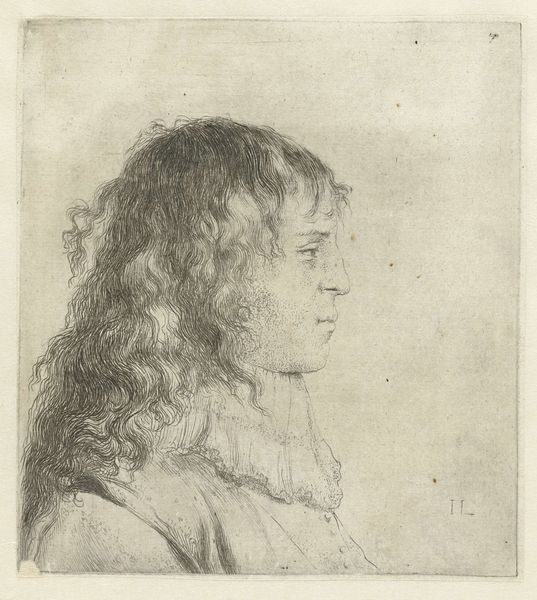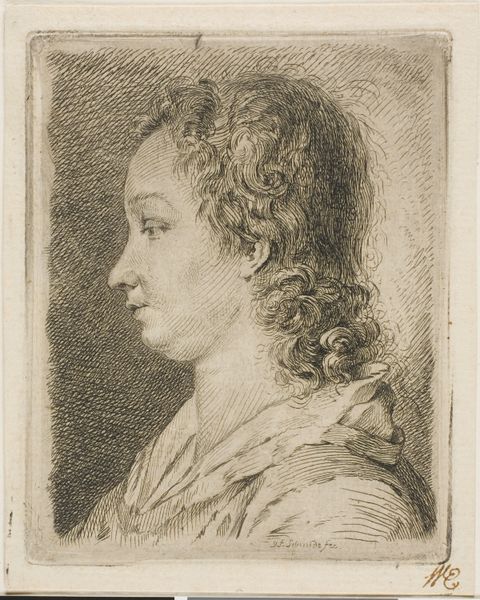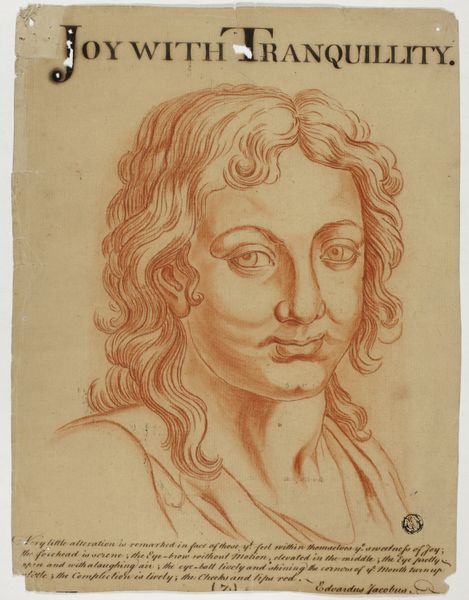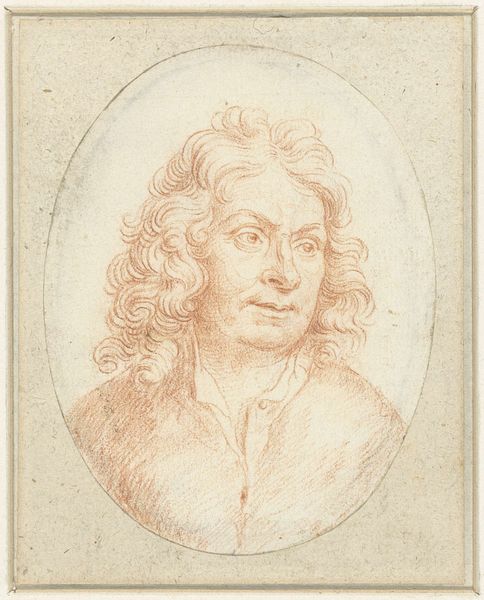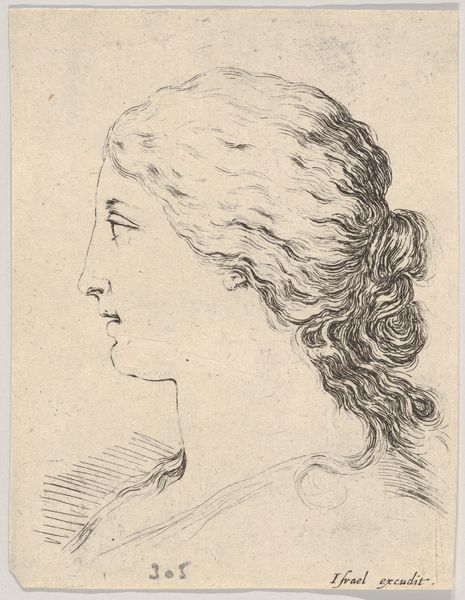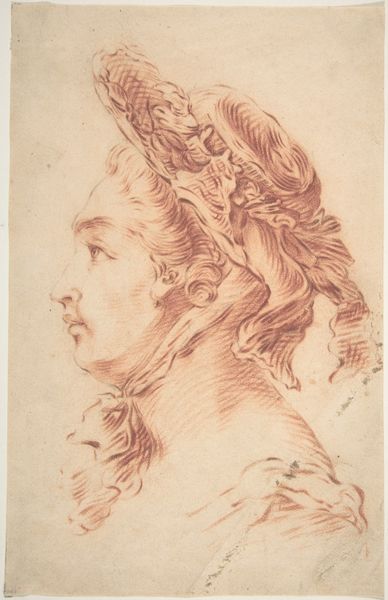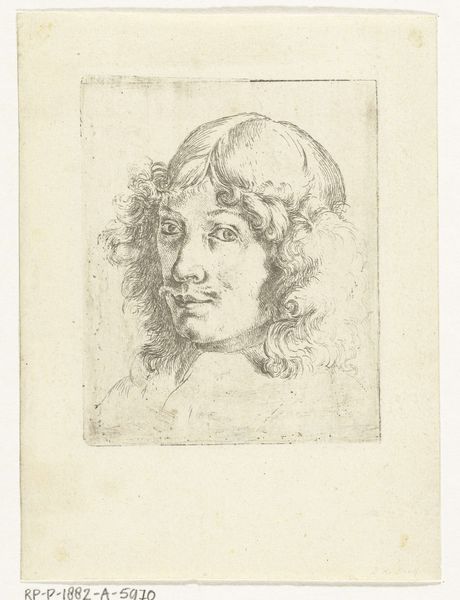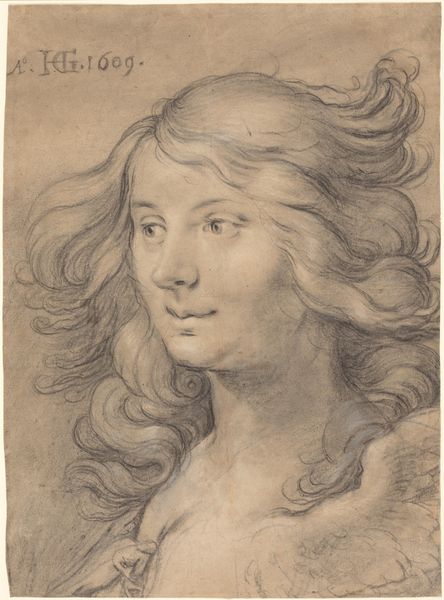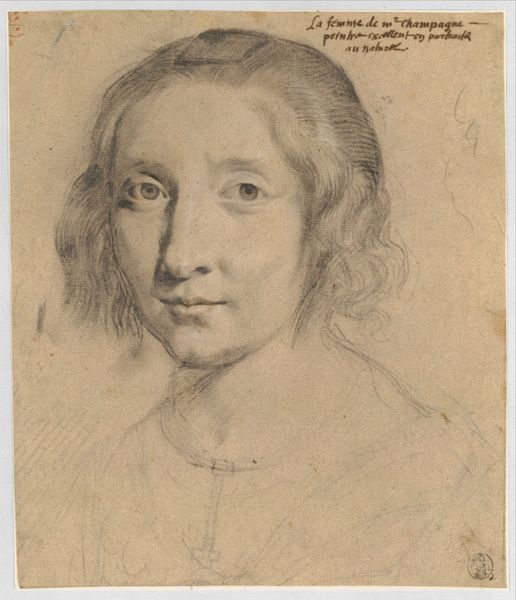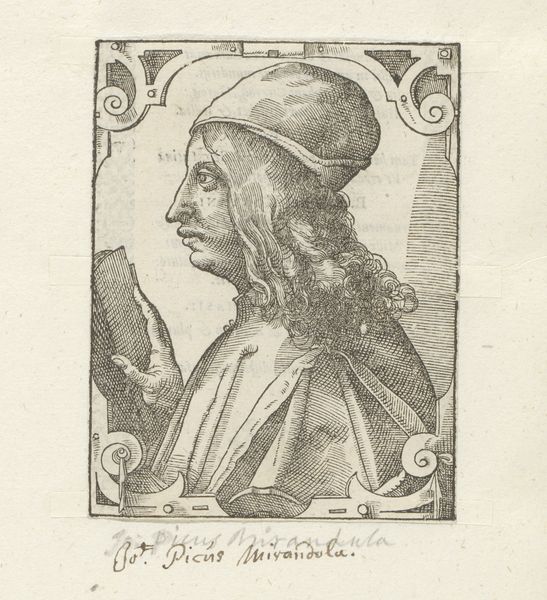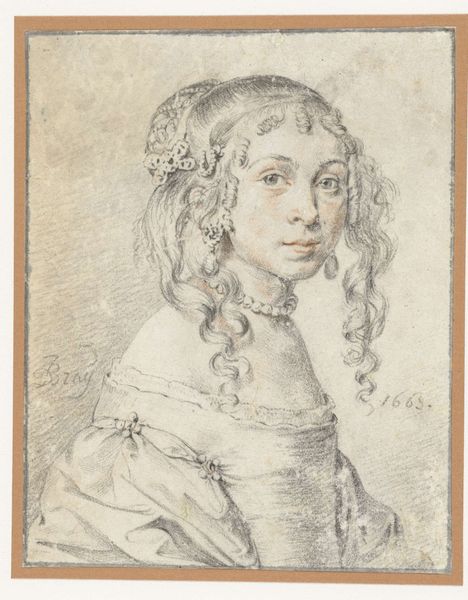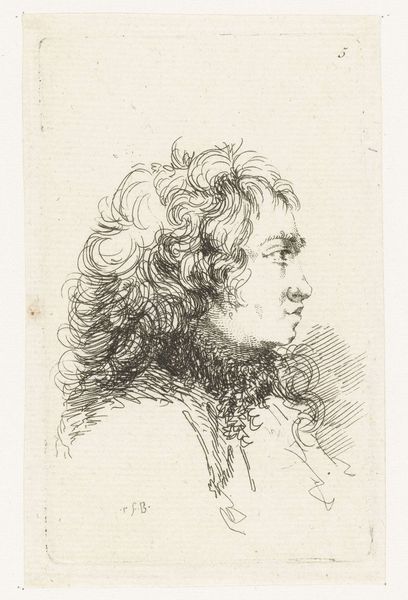
drawing, pencil, charcoal
#
portrait
#
drawing
#
charcoal drawing
#
pencil drawing
#
pencil
#
charcoal
#
watercolor
Dimensions: height 111 mm, width 96 mm
Copyright: Rijks Museum: Open Domain
Curator: Let's consider this intriguing piece: "Portret van Adam Dingmans," created in 1690. It's rendered using pencil and charcoal—a striking portrait, wouldn't you say? Editor: Immediately, I’m struck by its reserved tone, almost melancholy. The delicate hatching seems to suggest fragility. It feels less like a declaration and more like an intimate observation. Curator: Notice the subtle balance between the detailed rendering of the face and hair versus the implied textures of the clothing. The oval frame enhances this sense of containment, focusing the eye intently on the profile. The contrast of lights and darks certainly establishes visual interest. Editor: The profile view also makes him feel remote, doesn't it? Profiles often indicate distance or introspection; the artist reveals him, but shields something too. And consider the hair – those baroque curls could indicate social standing and are, themselves, a potent symbol. Curator: True, the formal elegance conveyed by the hair and hinted at in his garb acts as a counterpoint to the sketch's simplicity. It generates tension and allows the eye to circulate, examining his character as much as his likeness. I wonder about the semiotic impact. Editor: Yes! Hair was often visually equated with virility, power, even wisdom at this time. Even in a somber key, the portrait engages with these potent associations, nodding towards ideals. It’s about status as much as appearance. Curator: Perhaps it also invites considerations of artistic status and the act of artistic representation in its period? Notice how the work embraces but transcends mere observation of form through its attention to contour, its linear rhythms and tonal relations? Editor: Precisely. While capturing Dingmans' likeness, the work touches on concepts of image-making in that period and perhaps even immortality through representation. Those delicate pencil lines, so light and seemingly fleeting, intend to make something enduring, right? Curator: I agree wholeheartedly; thinking about how those light and fleeting forms still manage to imply presence, to capture a trace of humanity, makes one marvel at the work's ability to convey time, presence and absence. Editor: Absolutely. When observing these artworks it makes us reflect on the cultural memory, as portraits like these persist through time and resonate emotionally across centuries.
Comments
No comments
Be the first to comment and join the conversation on the ultimate creative platform.
